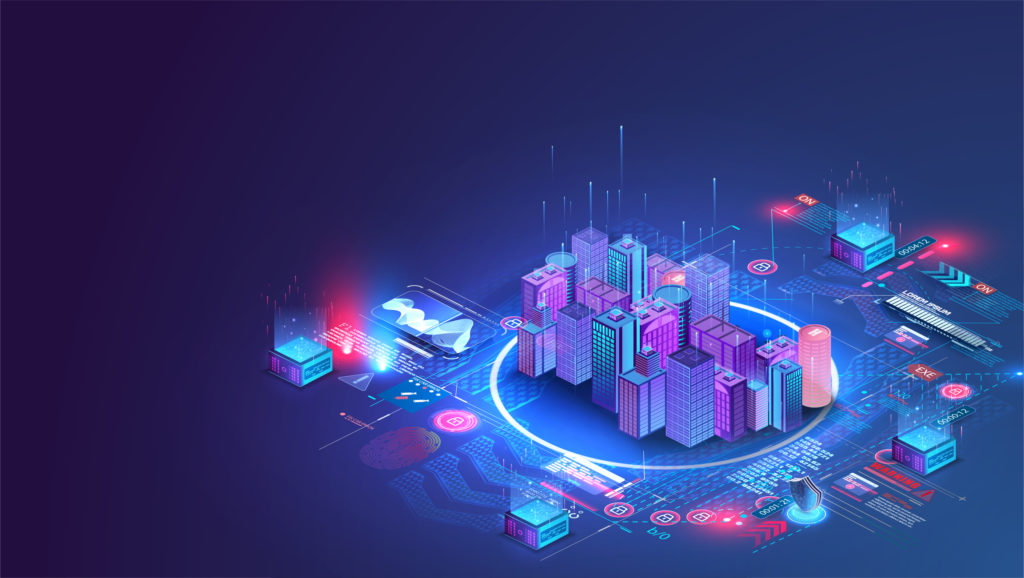Self-driving cars may immediately bring to mind sleek, glamorous versions of futuristic Teslas. However, when you look inside the elaborate “brains” of these vehicles, their supporting computing systems appear more complex than sleek. And making them even more complex could further increase their comfort and safety.
In order to drive like humans, the autonomous car needs several different components working at the same time: perception (evaluating surroundings), localization (GPS), planning (determining the right action), control (steering, accelerating, braking), and system management (supervision). Most autonomous cars implement these components via a centralized architecture, meaning they operate from one single computer system.

But a group of researchers from ACE Lab of Hanyang University in Korea, led by Professor Myoungho Sunwoo, suggests a different approach in its research published in IEEE Transactions on Industrial Electronics: distributed architecture.
While technically more complicated from the start with configurations spread out among various computing systems, distributed architecture offers two main advantages. First, when a certain part needs fixing, replacing, or upgrading, developers can focus on the single component without having to update and test the larger system repeatedly, saving time and costs. Secondly, distributed architecture allows individual nodes to communicate with each other, check each other’s health, and provide system redundancy when one fails, creating a safer overall environment.
Because of its inherent limitations, AUTOSAR hasn’t been applied to self-driving cars – until now.
An added bonus of having multiple computing units is there are more options to physically place them throughout the vehicle, which allows for optimized cable lengths. This can reduce the price and weight of wiring and prevent electromagnetic noise when driving.
To develop a successful distributed-architecture autonomous car, Professor Sunwoo and his team needed to create a common platform that allowed the hardware and software to function independently of each other. They achieved this by taking a standard software platform used by conventional automotive companies, Automotive Open System Architecture (AUTOSAR), and making it more flexible. Strict industry procedures make AUTOSAR expensive and unaccommodating for the layered and ever-changing components required for autonomous vehicles. Because of its inherent limitations, it hasn’t been applied to self-driving cars – until now.
“We basically discarded unnecessary processes and reformed the platform to make room for new and evolving technologies,” said Kichun Jo, the leader of autonomous research team of ACE Lab. “As a result, when Windows offers an upgrade, or when a GPS tool becomes more precise, the entire car won’t need to reboot. By taking an established structure and making it more open and scalable, autonomous driving can become – and stay – safer and more efficient.”
After the team arrived at their platform algorithm and optimized it for improved flexibility and performance – applying next-generation network bandwidth – they successfully implemented and tested it using a real model in March 2015. Through the case study, Sunwoo and his team were able to prove that, while the whole is greater than the sum of its parts, sometimes more parts can simply make a greater whole.
You can also find more articles about “autonomous cars” in IEEE Xplore.





